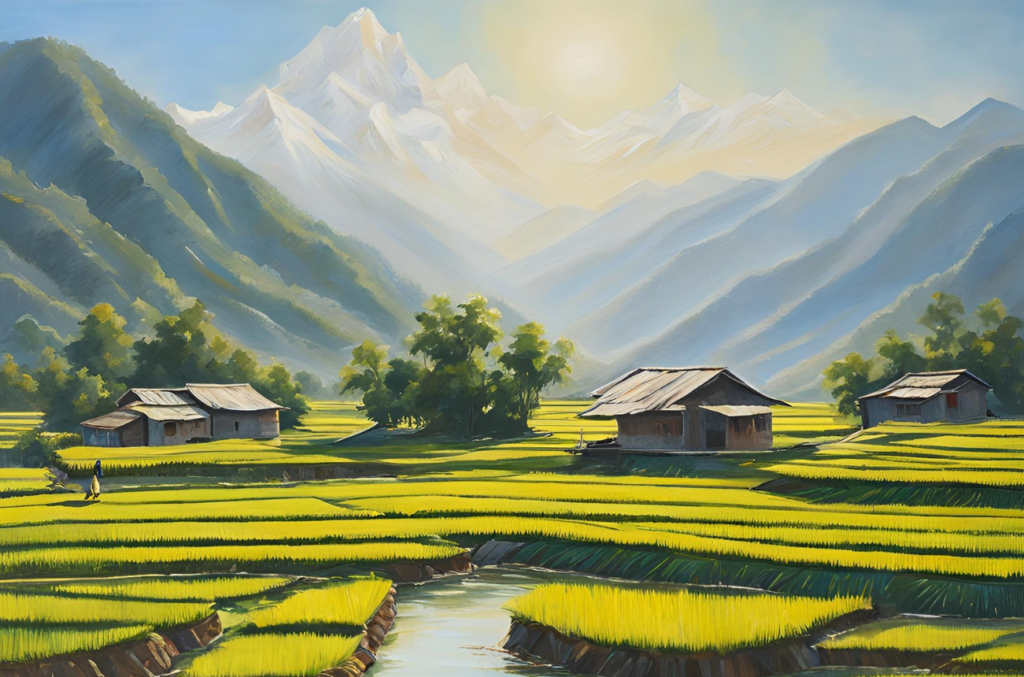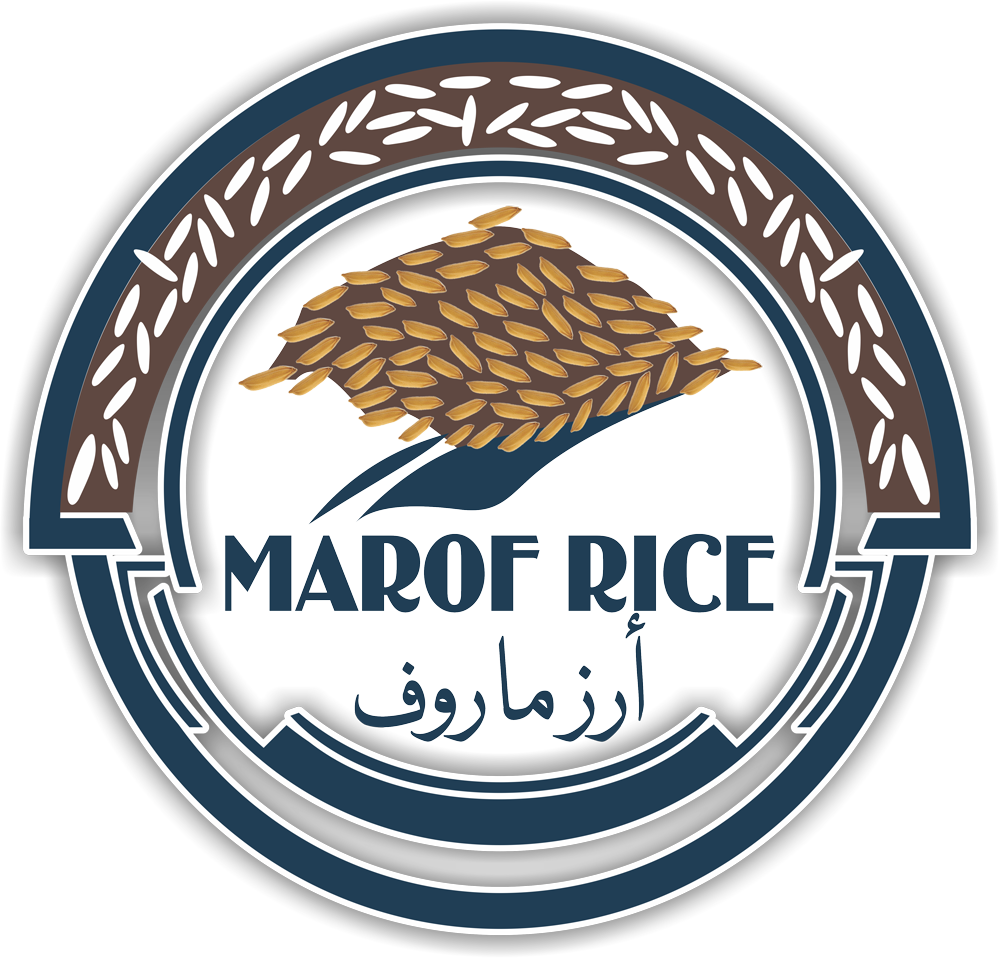
Pakistan Rice: A Staple Crop with Himayalan Waters and Global Reach
Rice is a vital staple crop for millions of people in Pakistan and an essential part of the country’s agricultural economy. Known for its rich taste, aroma, and high quality, Pakistan’s rice is one of the most sought-after grains in the world. The country boasts several varieties of rice that cater to diverse culinary needs and preferences, contributing significantly to both the domestic and global market.
Varieties of Rice Grown in Pakistan
Pakistan is famous for growing a range of rice varieties, each with its unique characteristics. The two main categories of rice produced are Basmati rice and non-Basmati rice.
Basmati Rice: Basmati is perhaps the most renowned rice variety globally, with a distinctive long grain and aromatic fragrance. Pakistan’s Basmati rice is widely regarded as one of the finest in the world due to its unique growing conditions in the fertile plains of Punjab and other areas along the Indus River. Known for its delicate aroma and fluffy texture, Basmati rice is favored in high-end culinary preparations, especially in South Asian cuisine.
Non-Basmati Rice: Pakistan also produces a wide range of non-Basmati rice varieties, including Irri-6, Irri-9, and Sona Masoori. These varieties are typically shorter-grain rice, with a less pronounced fragrance compared to Basmati. They are commonly used in everyday meals across Pakistan and are also popular in the international market, especially in regions where Basmati rice is too expensive.
Quality of Pakistani Rice
Pakistani rice is known for its high quality, making it a preferred choice in both local and international markets. Several factors contribute to the superior quality of rice in Pakistan:
Climate and Soil: The fertile lands of Punjab and Sindh, combined with the favorable climate, provide ideal conditions for rice cultivation. The extensive irrigation system from the Indus River helps to maintain the water supply needed for the crop.
Processing and Packaging: Modern milling technologies in Pakistan ensure that rice is processed to preserve its nutritional value and quality. The country also adheres to international standards for packaging and export, ensuring that the rice remains fresh and undamaged during transportation.
Aroma and Taste: Pakistani Basmati rice is particularly prized for its natural fragrance and taste, which are results of the unique environmental conditions in which it is grown.
Export of Pakistani Rice
Rice is one of Pakistan’s most important agricultural exports, with the country ranking among the top exporters of rice in the world. Pakistan’s rice export industry contributes significantly to the national economy, generating billions of dollars in revenue each year.
In 2024, Pakistan exported approximately 4 million metric tons of rice, valued at over $2 billion. While Basmati rice is a major export commodity, non-Basmati varieties, such as Irri, are also in demand in global markets.
Key Export Markets
Pakistan’s rice exports are sought after in many countries, with the key markets spanning across Asia, the Middle East, Europe, and Africa. Some of the major countries where Pakistan exports rice include:
Middle Eastern Countries: The Middle East is one of the largest importers of Pakistani rice, with countries such as Saudi Arabia, the United Arab Emirates, and Iraq relying heavily on imports. The demand for Basmati rice in these regions is particularly strong due to its compatibility with the local cuisine, which often includes fragrant rice dishes.
Asian Markets: Countries like China, Indonesia, and Malaysia import both Basmati and non-Basmati rice from Pakistan. In recent years, demand for Pakistani rice has been increasing in China due to a rising middle class and a growing preference for imported rice varieties.
European Union: European countries, particularly the United Kingdom, Germany, and Italy, are significant importers of Pakistani rice. Basmati rice has a strong following in Europe, where it is considered a premium product due to its aroma and quality.
Africa: Pakistan’s rice is also exported to several African countries, such as Kenya, Tanzania, and Nigeria. The affordability and versatility of non-Basmati varieties make them particularly popular in these markets, where rice is a staple food.
United States: The United States is another important market for Pakistani rice, with growing demand for both Basmati and non-Basmati varieties. South Asian communities in the U.S. particularly favor Pakistani rice, contributing to its popularity.
Challenges and Opportunities
While Pakistan’s rice export industry is thriving, it does face several challenges. These include competition from other rice-producing countries like India, Thailand, and Vietnam, which also have large shares in global rice trade. Additionally, environmental factors such as water scarcity and climate change could potentially affect rice production in the future, posing risks to export stability.
However, Pakistan has significant opportunities to expand its rice exports by improving irrigation efficiency, increasing production through technological advancements, and focusing on value-added rice products. By investing in sustainable agricultural practices and enhancing the quality of its rice varieties, Pakistan can continue to cement its position as a global leader in rice production and export.
Pakistan’s rice industry remains a cornerstone of its agricultural economy, with varieties like Basmati and non-Basmati rice gaining international acclaim for their superior quality and distinct characteristics. With a growing export market and a reputation for excellence, Pakistan’s rice will continue to play an important role in feeding the world’s population. By addressing challenges and leveraging new opportunities, Pakistan has the potential to increase its share in the global rice market and maintain its status as a leading rice exporter.
Marof Rice is prominent key player in Rice Market of Paksitan.
